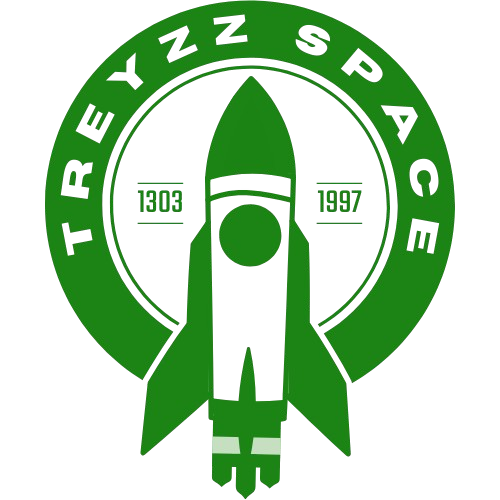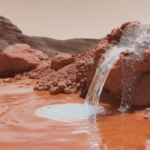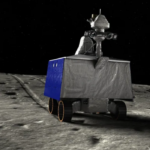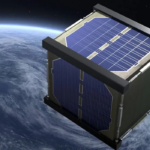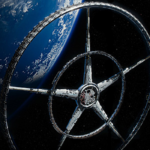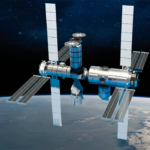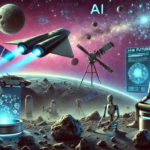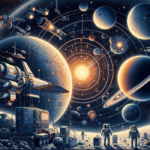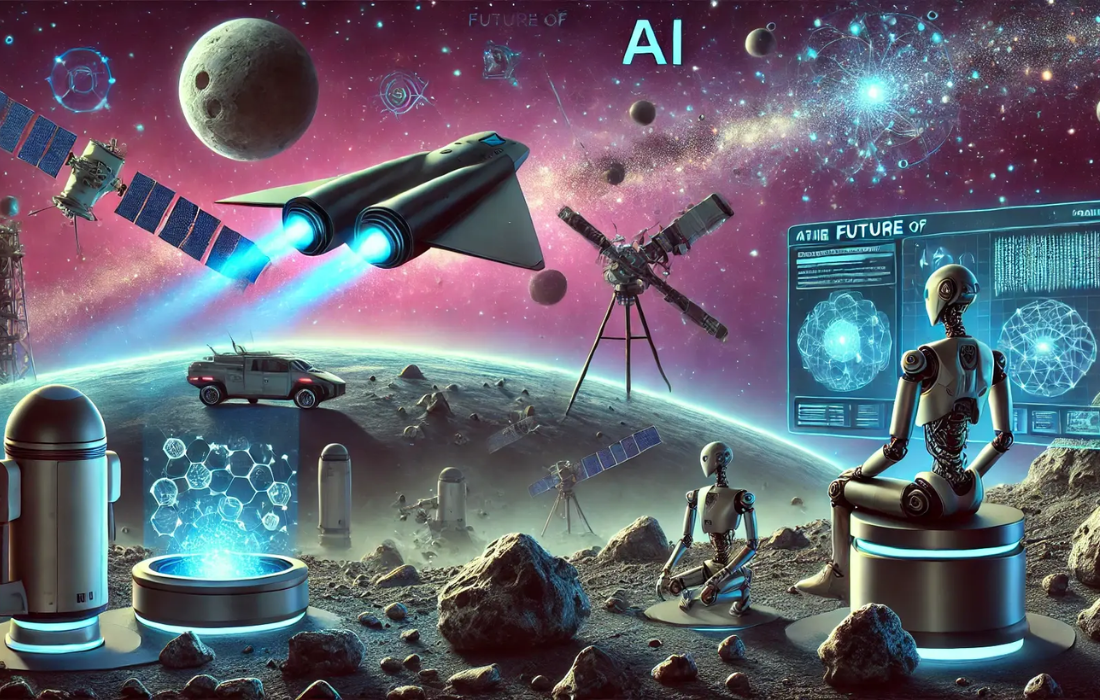Spacecraft are some of the most sophisticated machines ever built. Their design and functionality are a testament to human ingenuity, enabling us to explore the vast expanses of space, observe celestial phenomena, and carry out groundbreaking science. Every spacecraft consists of several critical components that work in harmony to ensure its success. In this post, we’ll break down the essential parts of a spacecraft, explaining their function and how they contribute to a mission’s objectives.
1. The Service Module
The service module is the spacecraft’s core, housing critical systems like the engine, power subsystem, and communications system. It supports the science instruments, which are located in the payload module. These two modules together make up the spacecraft’s complete structure. A harness connects all the electronics, allowing communication between the different systems onboard.
2. Propulsion and Thrust
The propulsion system is crucial for maneuvering the spacecraft in space. The choice of propulsion system depends on the mission’s requirements and the orbital position it needs to reach. Propulsion can be divided into several types:
- Cold Gas Propulsion: A simple system using pressurized gas expelled through a nozzle for thrust.
- Hydrazine Thrusters and Reaction Wheels: Used to control the spacecraft’s attitude (orientation) and make fine adjustments to its orbit.
- Solar-Electric Propulsion (Ion Engines): These engines work by ionizing particles and expelling them at high speed to produce thrust. Ion engines can run for months or even years, continuously adjusting the spacecraft’s orbit. For instance, ESA’s SMART-1 used this method to travel to the Moon.
- Field-Electric Propulsion (FEEP): An advanced propulsion system that uses liquid metal and electric fields to create thrust.
3. Power Generation
Spacecraft require reliable power to operate. Solar panels are the primary source of power, converting sunlight into electricity. These panels are designed to be as efficient as possible, but when the spacecraft enters the shadow of a celestial object (in eclipse) or is turned away from the Sun, the spacecraft relies on batteries to supply power. The power system may also include voltage conversion and distribution systems to ensure that different components get the correct power.
4. Navigation and Attitude Control
Attitude and orbit control systems are responsible for maintaining the spacecraft’s orientation in space. This is crucial for ensuring that the spacecraft’s solar panels are always pointing toward the Sun and that scientific instruments are aligned to their targets. The spacecraft uses sensors like sun and star trackers to detect its position and orientation. This information is then used by reaction wheels or thrusters to adjust the spacecraft’s attitude as needed.
Modern spacecraft are typically “three-axis stabilized,” meaning they maintain a stable orientation in space. Some spacecraft, like the Planck satellite, achieve stability by spinning along a Sun-pointing axis.
5. Communications and Data Handling
The communication system of a spacecraft is essential for receiving commands from Earth and transmitting science and telemetry data back to mission control. Communication is usually done via high- or low-gain antennas at different frequencies. The data handling system processes these commands and manages onboard memory to store data until it can be transmitted.
Spacecraft also transmit science data, like observations of celestial bodies, and housekeeping data (telemetry), which monitors the health and status of the spacecraft. For instance, Solar Orbiter cannot transmit data while on the opposite side of the Sun from Earth due to the interference.
6. Science Payload
The science payload consists of the scientific instruments and experiments that the spacecraft carries to achieve its mission goals. The types of instruments included depend on the mission’s objectives. For example, astrophysical missions might carry telescopes, cameras, and detectors to study the cosmos, while planetary missions might include cameras, spectrometers, radar, and landers to study a planet’s surface, atmosphere, and subsurface.
A key example is the Webb Space Telescope, which uses a large mirror to collect light from distant stars and galaxies. The collected light is analyzed by the spacecraft’s instruments and transmitted back to Earth for further study. Other missions like Rosetta carried landers like Philae, which landed on a comet to study its surface.
7. Types of Missions and Their Science Instruments
Different types of missions require different instruments:
- Astrophysics Missions: Spacecraft like the Webb Telescope and Herschel Observatory use large mirrors to study the Universe. They also use cryostats to cool detectors to near absolute zero for better sensitivity.
- Solar System Missions: These spacecraft investigate planets, moons, and comets. They may carry cameras, spectrometers, and radars to analyze the surface and atmosphere. Landers and rovers are often part of these missions to collect samples or data directly from the surface.
- Fundamental Physics Missions: Missions like LISA Pathfinder and LISA are designed to detect gravitational waves, providing new insights into space-time and the nature of the Universe.
Conclusion
Spacecraft are marvels of engineering, with each component working together to ensure the success of a mission. From propulsion and power systems to communication and scientific instruments, each part plays a critical role in making space exploration possible. Understanding the anatomy of a spacecraft gives us a deeper appreciation of the complexity and precision required to explore the final frontier.
